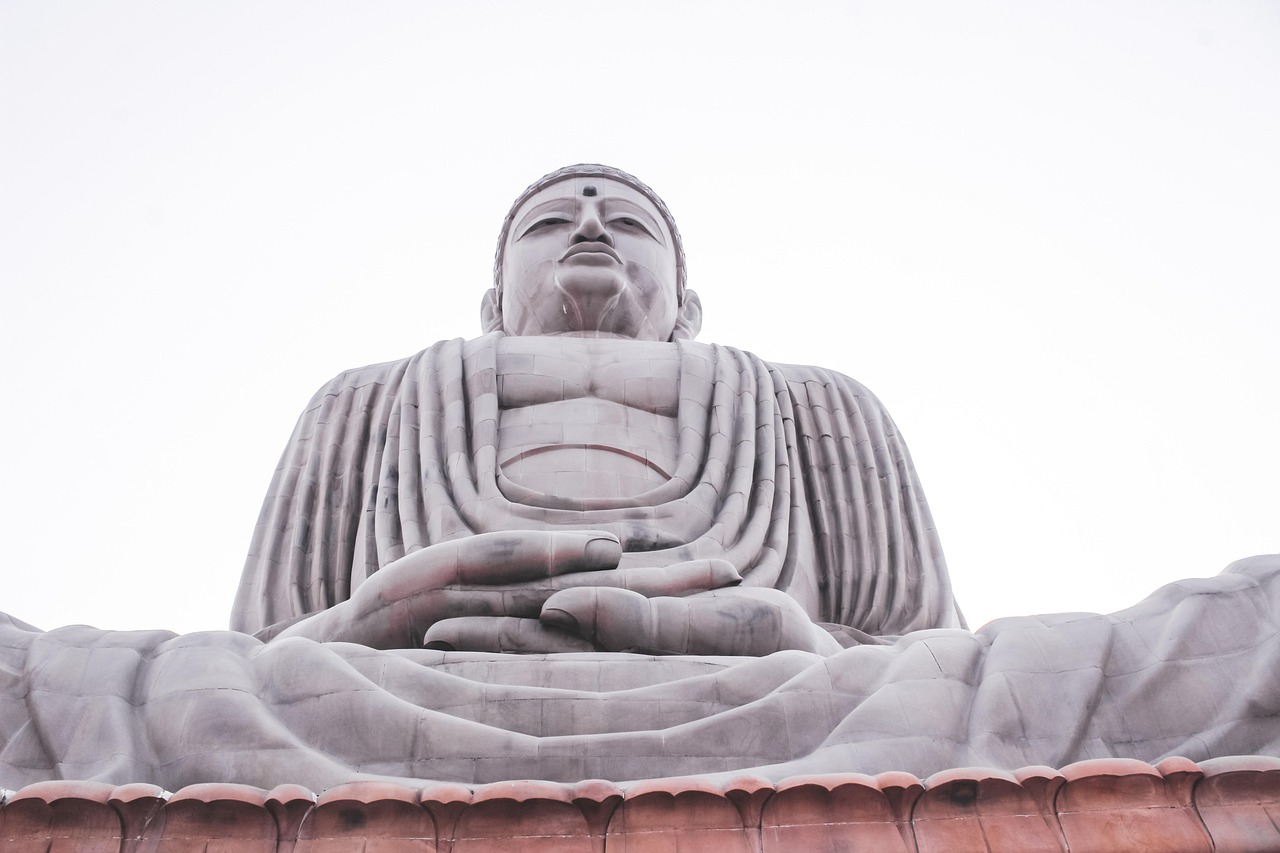In today’s fast-paced world, the quest for inner peace and mental clarity has led many individuals to embrace mindfulness practice. This ancient approach, which focuses on being present in the moment without judgment, has gained traction in modern society due to its profound benefits for mental health and overall well-being. Whether you’re seeking to reduce stress, enhance your focus, or foster emotional resilience, mindfulness can be a powerful tool in achieving your goals. In this blog post, we will explore the fundamentals of mindfulness practice, its benefits, techniques, and how to incorporate it into your daily life.
What is Mindfulness Practice?
Mindfulness is the practice of paying attention to the present moment in a non-judgmental way. It involves observing your thoughts, feelings, and sensations without getting caught up in them. This concept is rooted in Buddhist traditions but has been adapted and studied extensively in the field of psychology. Understanding mindfulness is the first step toward effectively integrating it into your life.
The Origins of Mindfulness
- Originated from Buddhist meditation practices.
- Popularized in the West in the late 20th century by figures such as Jon Kabat-Zinn.
- Encourages a shift from reactive to responsive behaviors.
Modern Applications
- Used in therapy settings like Mindfulness-Based Stress Reduction (MBSR).
- Incorporated into stress management programs worldwide.
- Applied in educational institutions to help students manage anxiety.
Benefits of Mindfulness Practice
The impact of mindfulness on mental and physical health has been extensively studied. Here are some notable benefits:
- Reduced Stress: Regular mindfulness practice can lower levels of the stress hormone cortisol.
- Enhanced Focus: Improves attention span and cognitive flexibility.
- Emotional Resilience: Helps in managing emotions and reduces symptoms of anxiety and depression.
- Better Relationships: Encourages open communication and empathy in personal interactions.
- Improved Sleep: Mindfulness can help you fall asleep faster and achieve deeper sleep.
Statistics on Mindfulness
According to a study published in the journal “Psychological Science,” participants who practiced mindfulness meditation showed a significant improvement in their ability to focus and perform under pressure. Another report by the American Psychological Association highlighted that mindfulness practices can reduce symptoms of anxiety in nearly 60% of participants within just eight weeks.
Techniques for Mindfulness Practice
There are various techniques you can employ to cultivate mindfulness in your life. Here are some effective practices:
Mindful Breathing
- Find a quiet space where you won’t be disturbed.
- Close your eyes and take a deep breath in through your nose.
- Hold the breath for a moment, and then exhale slowly through your mouth.
- Focus all your attention on your breath. If your mind wanders, gently bring it back.
Body Scan Meditation
- Lie down comfortably with your arms at your sides.
- Focus on your toes, noticing any sensations without judgment.
- Gradually work your way up through your body, focusing on each area in turn.
- Recognize tension or discomfort and breathe into it before moving on.
Mindful Walking
This technique incorporates mindfulness into movement. Here’s how to practice:
- Find a quiet place where you can walk undisturbed.
- Walk slowly and deliberately, focusing on the sensation of your feet touching the ground.
- Notice your surroundings, the sounds you hear, and the feel of the air against your skin.
Incorporating Mindfulness into Daily Life
Making mindfulness a part of your everyday routine doesn’t have to be challenging. Here are some tips to seamlessly integrate mindfulness practices into your life:
Mindfulness in Daily Activities
- Eat Mindfully: Focus on the taste, texture, and smell of your food without distractions.
- Mindful Commuting: Use your commute as a time for deep breathing or listening to a guided meditation.
- Mindful Listening: Practice fully engaging in conversations without interrupting or formulating your response ahead of time.
Establishing a Regular Practice
Here are steps to ensure you maintain a regular mindfulness practice:
- Set aside 5–10 minutes per day for mindfulness.
- Choose a specific time and location that is quiet and comfortable.
- Use mindfulness apps like Headspace or Calm to guide your practice.
- Gradually increase your practice time as you become more comfortable.
Conclusion
Mindfulness practice is a valuable tool for enhancing self-awareness and reducing stress in our lives. By understanding its origins, exploring its benefits, and applying practical techniques, you can cultivate a more mindful lifestyle. Whether you’re a beginner or looking to deepen your practice, incorporating mindfulness into your daily routine can lead to significant improvements in mental health and overall well-being. Embrace this journey—start with small steps, remain patient with yourself, and enjoy the transformation that mindfulness can bring to your life.






